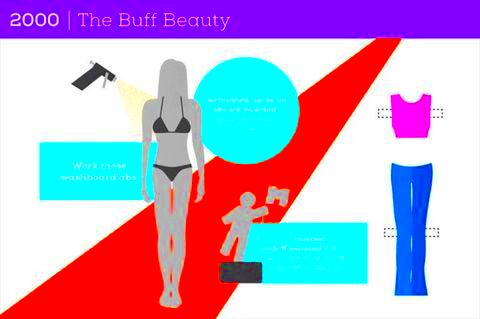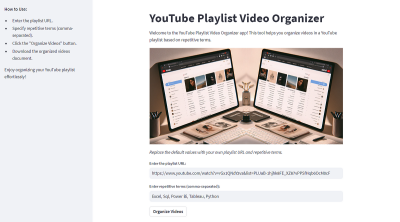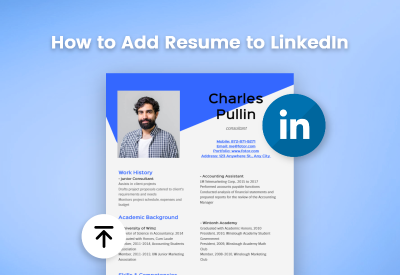Boasting of self-image is a paramount factor in how one sees oneself and perceives those surrounding. The citizenship of America has greatly impacted on this idea all throughout the centuries. From media’s perfect definitions to present-day variety, body ideal has gone through quite a transformation.This blog post will highlight how body
image has changed over time in America by looking at some historical moments, beauty ideals change as well as the role played by the mass media and culture.
Historical Perspectives on Body Image

From ages long past, body
image in America has represented deep-seated historical sources of values and standards.
Let's investigate some of those changes in what we consider an ideal body over the years:- Early 20th Century: The early 1900s emphasized a curvier figure, with ideals influenced by the Gibson Girl, who represented a healthy and voluptuous silhouette.
- 1920s to 1930s: The flapper movement introduced a boyish figure with a flat chest and straight waist. This change was partly a reaction to the constraints of previous decades.
- 1940s to 1950s: After World War II, the hourglass figure became popular, epitomized by icons like Marilyn Monroe, reflecting a desire for femininity and domesticity.
- 1960s to 1970s: The rise of the supermodel introduced a leaner look, with models like Twiggy showcasing an androgynous body type.
- 1980s to 1990s: The fitness craze brought toned bodies to the forefront, promoting a fit and athletic appearance.
- 2000s to Present: The movement toward body positivity and diversity challenges traditional norms, embracing various body shapes and sizes.
Changes in Beauty Standards Across Decades

Beauty standards are not timeless; they change with the alterations in culture, technological progressions, and evolving societal morals.
The following describes how these determinants have been changing through ages:| Decade | Beauty Standard | Key Influences |
|---|
| 1920s | Flapper style with a slim figure | Post-war liberation, fashion magazines |
| 1950s | Curvy and feminine | Hollywood icons, advertisements |
| 1980s | Toned and athletic | Fitness revolution, aerobics culture |
| 1990s | Ultra-thin supermodels | Runway trends, pop culture |
| 2000s | Body positivity and diversity | Social movements, inclusive marketing |
These changes not just express personal tastes, however they encompass other societal transitions. It’s necessary to accept different body types and facilitate self love as we redefine what is beautiful.
The Influence of Media on Body Image

Media does have colossal power that changes the way we see and feel about our bodies. Whether it is through films or TV shows or through platforms such as Instagram and Twitter, these
images can find their way to our self image and an entirely different one altogether.It has been shown in various studies that living with an ideal body types can result in risky behaviors and feelings of dissatisfaction with one’s body.
Media can influence body image through various ways including:- Advertising: Advertisements often showcase idealized body types, promoting products that align with these standards. This can create unrealistic expectations.
- Social Media: Platforms like Instagram and TikTok amplify the pressure to look a certain way. Influencers often portray curated and edited versions of reality, which can lead to comparison.
- Film and Television: Characters in movies and TV shows often fit specific beauty norms, reinforcing stereotypes and ideals. This portrayal can affect how viewers perceive beauty in real life.
Media can distort body image at times, but it can also facilitate changes that are positive. Nowadays, some campaigns are channeled towards encouraging people to accept their own bodies as they are through advocating for diversity and technology.
Body Image and Mental Health
Body image and mental health are intrinsically linked. Our self-esteem, mood and mental well-being may be influenced by how we perceive our bodies. There are many people who have body image dissatisfaction that leads to mental disorders.
Common consequences are inclusive of:- Anxiety: Concerns about appearance can lead to heightened anxiety, particularly in social situations.
- Depression: Those who struggle with body image issues may experience feelings of worthlessness and sadness.
- Eating Disorders: Body dissatisfaction can lead to unhealthy eating patterns, including anorexia, bulimia, or binge eating.
It is necessary to handle these challenges through promoting a good self-image and facilitating mental health talks. Therapy and support groups can help individuals overwhelmed with body appearance and psychological problems.
Current Trends in Body Positivity
Body positivity is a movement that aims to encourage individuals to accept themselves irrespective of their body shapes and sizes. In the recent past, this trend has gained momentum by challenging the old beauty standards and promoting self-acknowledgement.The movement for body positivity focuses on key aspects like:
- Diversity: Celebrating all body types, skin tones, and abilities is essential to body positivity. Campaigns now often feature models of various sizes and backgrounds.
- Self-Love: Emphasizing the importance of loving oneself and rejecting societal pressures to conform to certain ideals.
- Awareness: Raising awareness about the negative impacts of unrealistic beauty standards on mental health and well-being.
In promoting body positivity, social media has greatly contributed with acts line #BodyPositivity and #EffYourBeautyStandards that help individuals share their journeys together. In order to promote this movement further, we should nurture an environment where every kind of body is accepted and loved.
The Role of Social Media in Shaping Body Image
Social media is a whole new ball game for human connections and sharing life experiences, however, it also helps to shape body
image. The content that is consumed from various social media platforms like Instagram, Facebook and TikTok can actually confirm or alter our views of ourselves and those around us. How does social media affect body image?
Let’s take a look:- Curated Content: Many users share perfectly edited and filtered photos, creating a false sense of reality. This often leads to comparisons that can make people feel inadequate.
- Influencer Culture: Social media influencers often promote specific body types and beauty ideals. While some promote healthy lifestyles, others may unintentionally encourage unrealistic standards.
- Positive Movements: On the flip side, social media has also given rise to body positivity movements. Hashtags like #BodyPositive and #LoveYourself encourage acceptance and diversity in body shapes and sizes.
- Support Communities: Many find solace in online communities that promote self-love and acceptance. These spaces can provide support for those struggling with body image issues.
To sum up, social networking is like a double-sided weapon. Although it may cause problems with body image, but at the same time it can help in growing more of positive people as well. This means that users must be careful about what they are consuming from these platforms so as to have a good representation of themselves in real life.
Frequently Asked Questions
Some frequently asked questions about body image and how it changes include:| Question | Answer |
|---|
| What is body image? | Body image refers to how we perceive and feel about our bodies. It encompasses our thoughts, beliefs, and feelings about our appearance. |
| How does media affect body image? | Media can set unrealistic beauty standards, leading to body dissatisfaction. However, it can also promote diversity and body positivity. |
| Why is body positivity important? | Body positivity encourages self-acceptance and helps combat negative body image issues. It promotes mental health and well-being. |
| Can social media be helpful for body image? | Yes, when used mindfully, social media can provide supportive communities and promote positive messages about body diversity. |
Conclusion and Final Thoughts
Just like a lot of things, body image is a complex issue that has its connections with the culture, media and even mental health. Even though transformation of body ideals has mostly been unrealistic, one can hope for the growth of body positive movements and the push for diversity.Although social media can contribute to negativities in our health views, it still remains an instrument for self love and association.When finding ourselves in the midst of personal body
image crises, it is necessary to be accepting and gentle to ourselves as well as others. Indeed, every single individual should be loved because they have their own unique physique. To this end, let’s strive to fight against prejudice so that we can exist in a society where all bodies are admired!
 From ages long past, body image in America has represented deep-seated historical sources of values and standards.Let's investigate some of those changes in what we consider an ideal body over the years:
From ages long past, body image in America has represented deep-seated historical sources of values and standards.Let's investigate some of those changes in what we consider an ideal body over the years: Beauty standards are not timeless; they change with the alterations in culture, technological progressions, and evolving societal morals.The following describes how these determinants have been changing through ages:
Beauty standards are not timeless; they change with the alterations in culture, technological progressions, and evolving societal morals.The following describes how these determinants have been changing through ages: Media does have colossal power that changes the way we see and feel about our bodies. Whether it is through films or TV shows or through platforms such as Instagram and Twitter, these images can find their way to our self image and an entirely different one altogether.It has been shown in various studies that living with an ideal body types can result in risky behaviors and feelings of dissatisfaction with one’s body.Media can influence body image through various ways including:
Media does have colossal power that changes the way we see and feel about our bodies. Whether it is through films or TV shows or through platforms such as Instagram and Twitter, these images can find their way to our self image and an entirely different one altogether.It has been shown in various studies that living with an ideal body types can result in risky behaviors and feelings of dissatisfaction with one’s body.Media can influence body image through various ways including:
 admin
admin








